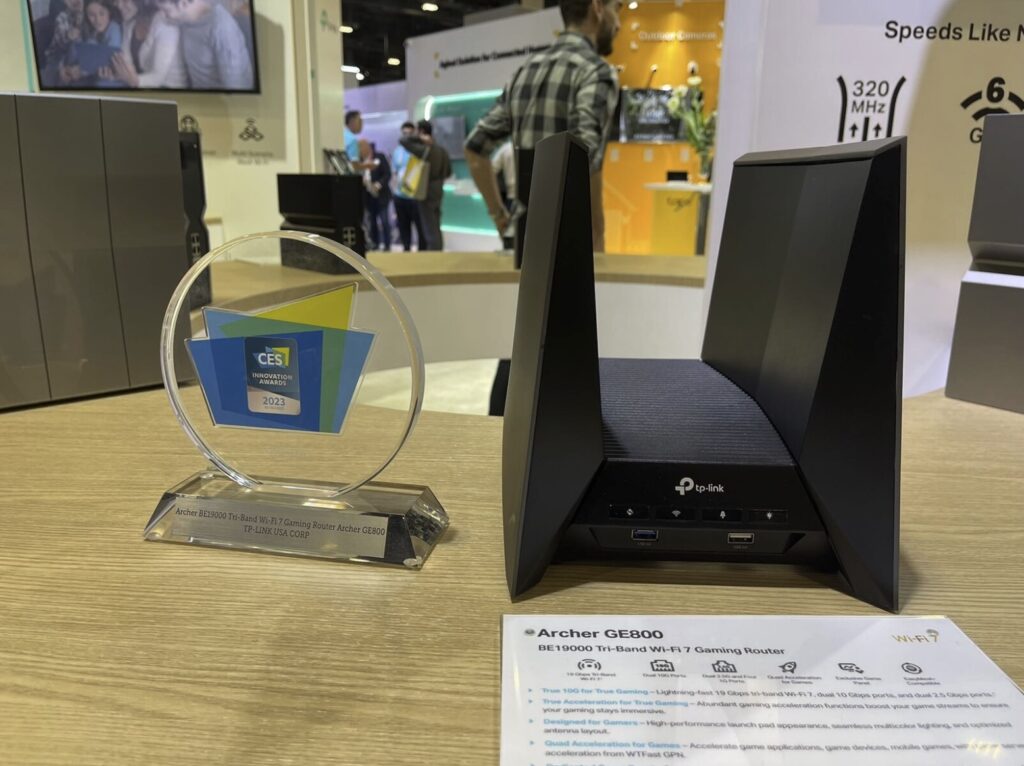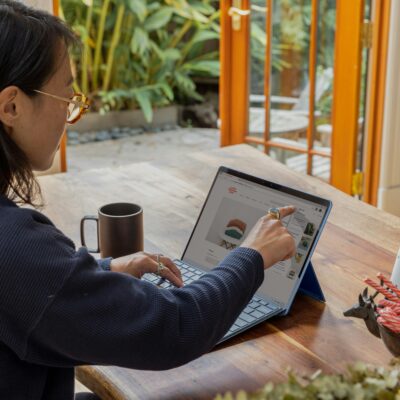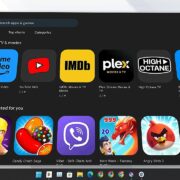
The Galaxy Tab S10 has powerful hardware, bright screens with smooth scrolling, long battery life, and fast internet. But how it feels when you stream, work, or search online also depends on how your data moves, your local network, and how the tablet handles it. That’s why many people use tools in the middle, like proxy servers. These tools fix slow spots, let you choose a location, and help you keep things running even when you switch between apps or networks.
Where a residential proxy fits on the Tab S10
The draw of an unlimited residential proxy is simple, consistent throughput and wide IP variety without worrying about data limits. On a tablet like the S10, that means you can send app requests through home-grade IPs across many cities, pick the region you need, and keep long logins from dropping when switching between Wi-Fi and cellular. The “residential” pool makes your requests look like normal consumer use, which helps with research, cross-region content, and broad browsing when location accuracy matters.
Mechanically, the service sits between your apps and the websites you reach. You sign in, pick a region, then choose how often the IP changes. Sticky rules keep one exit to preserve logins, while rotating rules pull new IPs on a timer for wider spread. Common controls include whitelists and user:pass login. On Android you can assign the proxy at system level or per-app when supported, so you choose what goes through the proxy and what goes direct.
This middle layer works best when it adds to the S10’s radios and drive speeds. If your base connection is fast and clean, the unlimited residential proxy gives you region control and connection steadiness on top, so you keep a similar feel while moving or docking in a busy place. You do not need deep network skill: pick a solid endpoint and match IP-change timing to task length. Used this way, the proxy becomes a reliable piece of your routine rather than something extra to nurse.
The other half: radios, drive speed, and battery
Even the best middle layer will feel only as quick as the link below it. The S10 Ultra supports Wi-Fi 7 with Multi-Link Operation to join links across bands and reach peaks near 40 Gbps in ideal cases. That room matters in dense homes and offices where lag ruins smooth work. Meanwhile, 5G keeps climbing.

A recent test of 5G Standalone showed a median download near 388 Mbps in the U.S. during Q4 2024 — proof that mobile can feel like fiber when conditions line up. Inside the tablet, UFS 4.0 helps the system open large files and move bits quickly, which makes fast links more visible in daily use. Finally, the large cells on the S10 Ultra and S10+ keep that speed feel available for long hours without repeated charging.
Table 1. What most shapes “felt speed” on a Galaxy Tab S10
| Layer | Concrete spec or recent figure | Why it matters |
|---|---|---|
| Wi-Fi | Wi-Fi 7, up to 40 Gbps with MLO | More room and lower delay in busy spots |
| Cellular | 5G SA median ~388 Mbps (Q4 2024 U.S.) | Fiber-like use when Wi-Fi is weak |
| Drive | UFS 4.0 up to ~4.2 GB/s reads | Big apps open quicker, shorter waits |
| Display | 120 Hz Dynamic AMOLED 2X | Smooth scroll lets gains show instantly |
| Battery | 11,200 mAh (Ultra), 10,090 mAh (S10+) | Keeps high-load work going longer |
The point is simple: if your house or office moves to Wi-Fi 7 and your carrier gives strong 5G in your usual places, any smart middle layer gains a better base. Add quick storage and strong battery, and the S10’s hardware lets you feel the gains instead of only reading about them.
A layered playbook for a smoother S10
Security experts often remind us that good results come from stacks, not single tricks. Bruce Schneier brought up an interesting quote, “Security is a process, not a product.” That way of thinking also fits speed and steadiness on mobile gear. When you mix a clean base link, a tuned proxy layer, and tablet features that cut friction, the S10 starts to feel seamless across rooms, networks, and tasks.
Two broad shifts make this stack useful. First, Wi-Fi 7 is now real. The IEEE published 802.11be on July 22, 2025, putting features like Multi-Link Operation into the rulebook to calm congestion and lower jitter. Second, carrier results keep rising. A recent global review showed a lift in 5G download numbers into 2025, which turns into faster pages and cleaner calls on new radios. When you stack a strong access link with a steady middle path and quick on-device reads, daily tasks feel instant, even when you move between rooms or hotspots.
And “more” does not mean “hard.” Start with the best base link you control, favor Wi-Fi 7 when you can, watch 5G levels in places you use often, and let the proxy handle region and continuity. With this mix, the S10’s hardware can finally show what it was built for.









